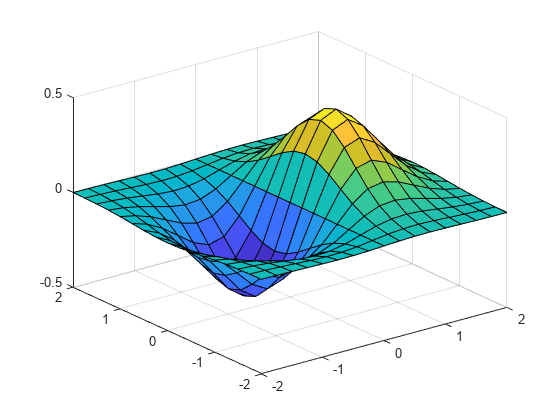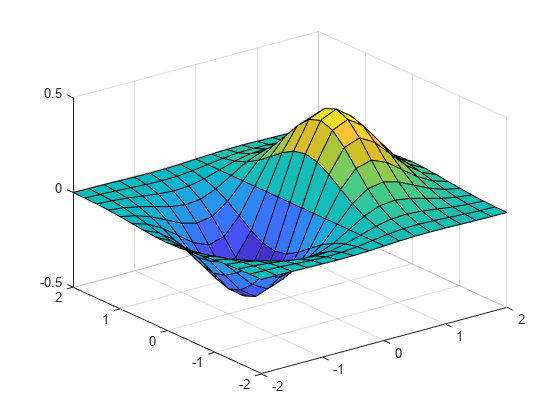meshgrid
Zwei- und dreidimensionale Raster
Beschreibung
[ gibt Koordinaten eines zweidimensionalen Rasters basierend auf den in den Vektoren X,Y] = meshgrid(x,y)x und y enthaltenen Koordinaten zurück. X ist eine Matrix, in der jede Zeile eine Kopie von x ist, während Y eine Matrix ist, in der jede Spalte eine Kopie von y ist. Das von den Koordinaten X und Y dargestellte Raster hat length(y) Zeilen und length(x) Spalten.
Beispiele
Eingabeargumente
Ausgabeargumente
Mehr über
Erweiterte Fähigkeiten
Versionsverlauf
Eingeführt vor R2006a

